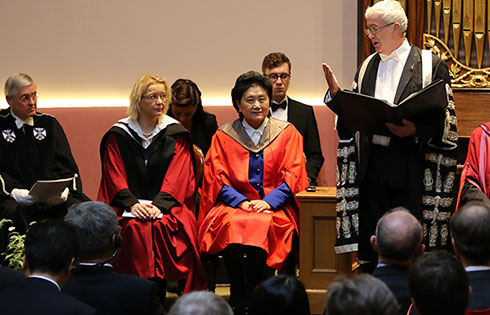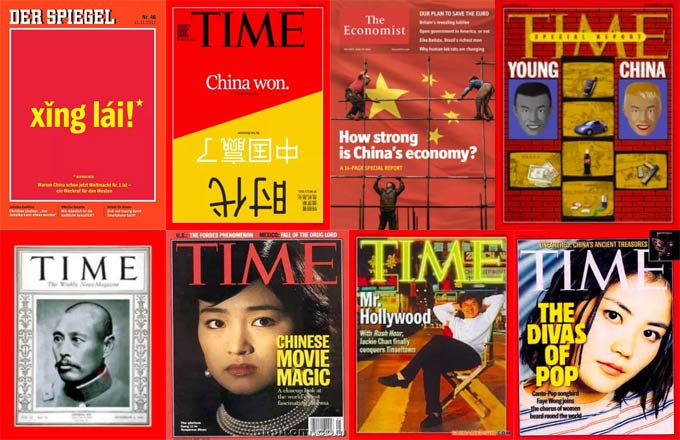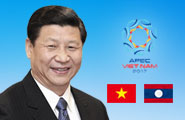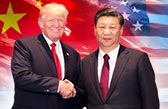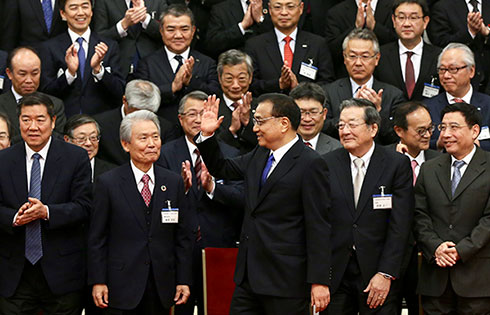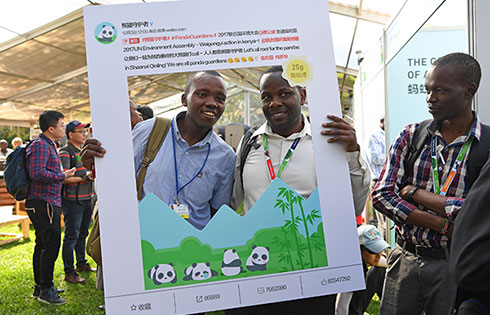Technology transfer is a focus
China and the Association of Southeast Asian Nations have taken substantial steps to make technology transfer the next focal point for future economic cooperation, Wan Gang, minister of science and technology, said on Tuesday.
A series of policies and infrastructure incentives have been proposed by China as fine-tuning measures to consolidate the China-ASEAN Technology Transfer Center, which was unveiled at the 10th China-ASEAN Expo.
 |
|
An embroidery show displays traditional Southeast Asian culture at the 10th China-ASEAN Expo, which opened in Nanning, capital of the Guangxi Zhuang autonomous region, on Tuesday.Wu Zhiyi / China Daily |
These measures include the establishment of a center for science and technology policy coordination, joint science and technology parks, and a bilateral agricultural-technology cooperation network, Wan said during the forum on China-ASEAN Technology Transfer and Collaborative Innovation.
Some 20 projects on high-tech cooperation were signed during the conference, spanning a wide range from renewable energy, agriculture technology, resource exploration and mobile payments.
Wan said the regional technology partnership is demand-oriented and capacity-building focused, and aims to accelerate regional economic growth, social progress and cultural development.
Bilateral technological cooperation has enjoyed fast growth since 2012, when the China-ASEAN Science and Technology Partnership Program was formed during last year's expo.
Four key pillars now comprise the technology transfer agreement.
One initiative is the establishment of joint laboratories between China and ASEAN member states, where researchers carry out high-level joint projects and strengthen exchanges and development among young scientists.
One example is the joint lab between China and Cambodia on food testing, through which China shares its food examination technologies and helps Cambodia enhance food security.
Another endeavor is the inauguration of the China-ASEAN Platform for Satellite Remote Sensing Data Sharing and Service, which provides ASEAN countries with free access to China's remote sensing satellite and enables them to apply the data for purposes of environmental monitoring, disaster control and urban management.
The Beidou-based location service and demonstration application is being used regionwide, while negotiation on further joint research with the National University of Singapore is being conducted.
The third move includes building up the China-ASEAN Technology Transfer Center, which assists in technology matching, applicable technology training and demonstration.
According to Wan, 11 Chinese and 17 ASEAN technology transfer institutions have joined the network, aiming to advance the integration of regional innovation.
A final means is the enrolment of outstanding ASEAN scientists to work in China's leading universities, research centers and enterprises. Under the program, fellows younger than 45 from ASEAN member nations work for a period from six months to one year. So far, 200 such positions have been provided.
China is active in promoting international cooperation on science and technology, signing a total of 104 intergovernmental cooperative agreements with 154 countries.
China's expenditures on research and development surpassed 1 trillion yuan ($163.4 billion) in 2012, claiming 1.97 percent of the gross domestic product.
China's full-time R&D personnel reached 3.2 million, with gross scientific output topping 10 trillion yuan.
It will be a great step forward if China and ASEAN can form an effective coordination mechanism on policymaking in high-tech areas, said Chae Sieng Hong, a senior official of the ministry of industry, mines and energy of Cambodia.
"I look forward to seeing substantial achievements made under the technology transfer framework, and in the case of Cambodia, in the food processing industry," he said.






